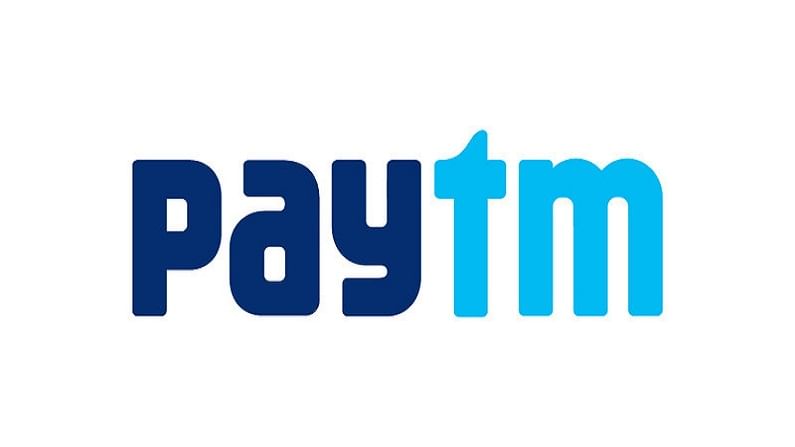After a disastrous debut, Paytm can see further downside
Paytm's business model lacks focus and direction and achieving scale with profitability is a big challenge.

The initial public offering of Paytm parent One97 Communications become the talk of the town as it raised Rs 18,300 crore the highest money raised by any company through its public offer in India so far. But unlike its online peers like Zomato, Nykaa and PB Fintech that got listed at huge premiums and turned wealth creators for investors on the maiden day itself. The mega issue disappointed investor with a disaster debut. Shares of the fintech company got listed at 9.30% discount and hit an intraday low of Rs 1,586.35 on the NSE with investors losing as much as 25% to its issue price of Rs 2,150.
Even on the subscription front the issue saw a dull response and got subscribed only 1.89 times from the investors which is much lower compared to the other recently listed companies. While the category reserved for non-institutional investors or HNIs category was subscribed a mere 24%. HNIs stayed away from issue citing expensive valuations for a loss-making company with no signs to turn profitable in near future. Even the grey market signaled a weak listing for Paytm as the premiums for the issue diminished from Rs 150 per share last week to just Rs 20-25 on Wednesday.
Brokerage view
Just ahead of the IPO Macquarie downgrades Paytm to Underperform with price target of Rs 1,200 a 44% downside to its issue price of Rs 2,150. The brokerage firm is of the opinion that the fintech company’s business model lacks focus and direction and achieving scale with profitability is a big challenge.
Dabbling in multiple business lines inhibits Paytm from being a category leader in any business except wallets, which are becoming inconsequential with the meteoric rise in UPI payments. Competition and regulation will drive down unit economics and/or growth prospects in the medium term in our view. Unless Patym lends, it can’t make significant money by merely being a distributor.
Citing this it has valued the company using a 0.5 times PSG (price to sales growth ratio) multiple on December 2023 annualised sales to arrive at our target price of Rs 1,200, implying 44 per cent downside.
However, the key game changer could be an ability to monetise UPI, which could completely swing the investment case. A 10-basis points fee on UPI provides a fair value of Rs 2,900-3,300 based on PSG/DCF.
Even Akhil Rathi Vice President Advisory at Marwadi Shares and Finance is of the opinion that long-term investors should avoid the stock and wait for better prices. “In upcoming quarters the company is expected to post-loss as the company strategy is to grow consumer base, merchant base , advanced technology platform and rapidly scale up for other segments. The company will face tough competition and which will impact its market share,” Rathi added.
While Parth Nyati of Tradingo advised investors to look for other opportunities where other new edge companies can perform much better than Paytm.
(Disclaimer: Stocks recommendations by experts or brokerages are their own and not those of the website or its management. Money9.com advises market participants to check with certified experts before taking any buy, sell or hold decisions.)